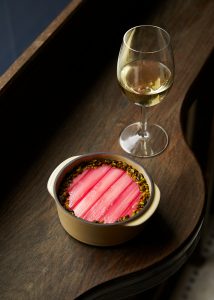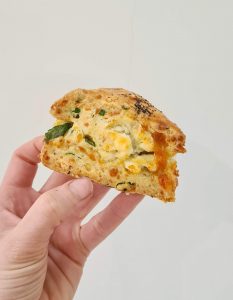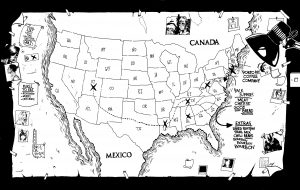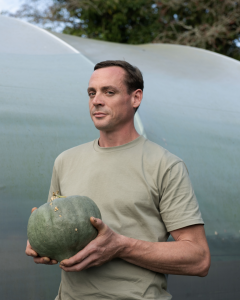We meet Virgilio Martínez Véliz, owner of the ‘Best restaurant in Latin America’ and the first Peruvian chef to win a Michelin star in Europe
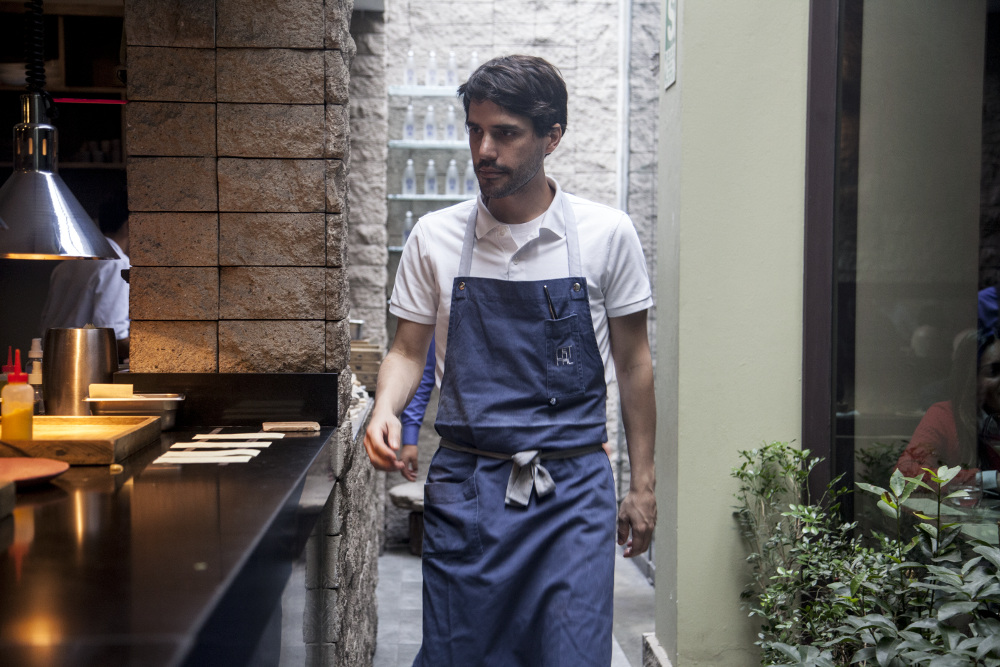
Chef Virgilio Martínez Véliz has garnered many accolades from his fast-paced career. His flagship restaurant, Central Restaurante (Central), opened in 2008. In 2012, it became the ‘50th best restaurant in Latin America‘, but by 2014, it made a significant jump, being named the ‘best restaurant in Latin America’, and the 4th best in the world. His popular London-based endeavour, Lima London, was awarded a Michelin star the same year, making him the first Peruvian cuisine to achieve the honour.
Véliz’s menus reflect the diversity of Peru’s cuisine. Next to each of his dishes he prints the ‘altitude of origin’ for the ingredients used, which, due to the geographical variance of Peru, can range from the highest point in the Andes, to the depths of the Amazonian forest and down to sea-level of Lima’s crystalline coast.
In addition to running his award-winning eateries, Véliz also oversees a side project Mater Initiative –a research organisation dedicated to registering all indigenous Peruvian ingredients, in order to communicate their value to chefs and their guests around the world.
We sat down with Véliz to discuss his unique career in a conversations spanning his passion for skateboarding, cheffing in kitchens around the world, and finally, his decision to return home to Peru.
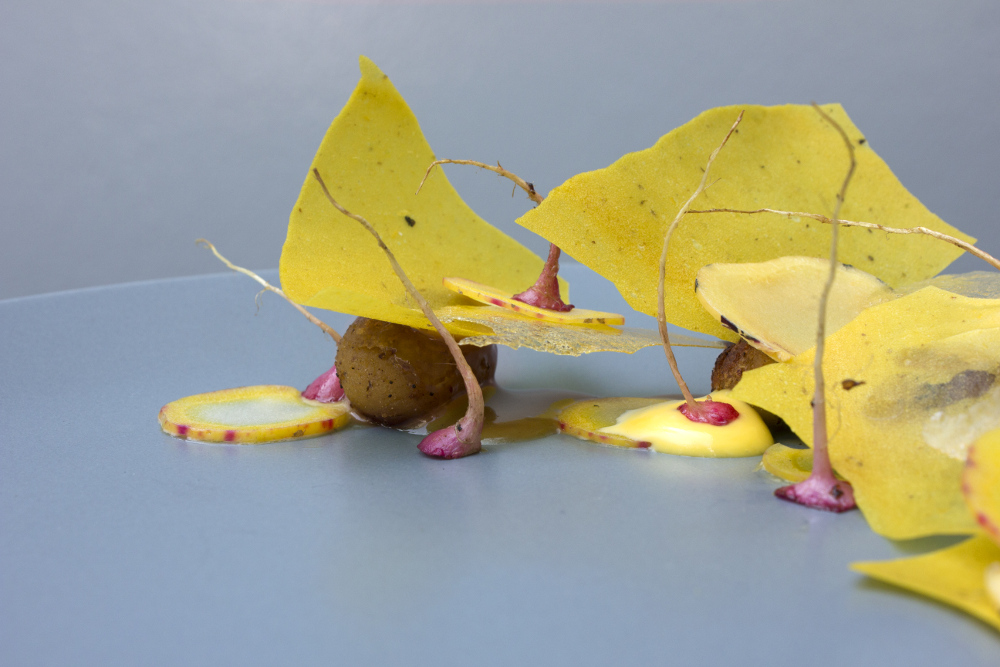
You almost became a professional skateboarder until you were injured. How does one go from skateboarding to cooking?
I truly wanted to become a professional skateboarder, however the injuries convinced me otherwise, and made me realise there were other ways to escape from conventional Lima in a turbulent ’90s Peru. In those times I felt I needed to experience other things; I wanted to travel, and cooking would allow me to do so. So I started studying and then working for a living.
One day, I stepped into the kitchen of a fine dining restaurant in London and I just knew – I felt the same positive feeling I felt with skateboarding. Quickly becoming obsessed with this world, I started reading a lot and practicing all day after my working hours… And I loved it.
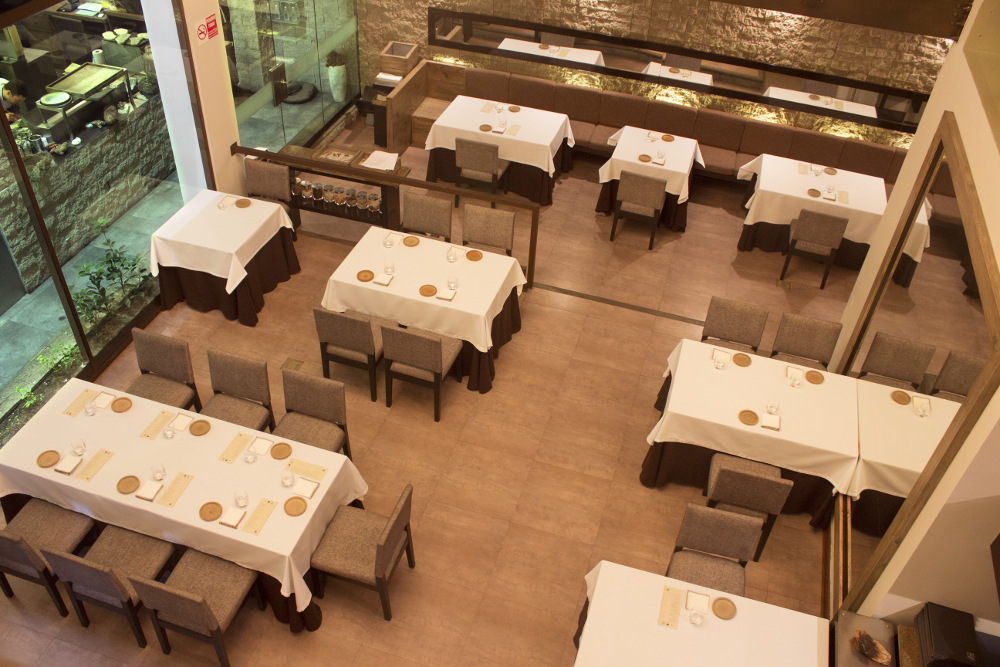
After your experience working in restaurants run by Spanish chef, Santi Santamaria, you went back to Peru to open Central. What prompted you to branch out on your own?
I actually worked for great Peruvian chefs before this, for example Lutece in New York, travelling around the world cooking for different chefs such as Gastón Acurio. And then, feeling mature enough to do so, I opened my own restaurant in Lima.
I am still learning how to grow and how to maintain the same passion of my early training years, and to inject that into my team, with Pía León (my wife and Chef de cuisine at Central).
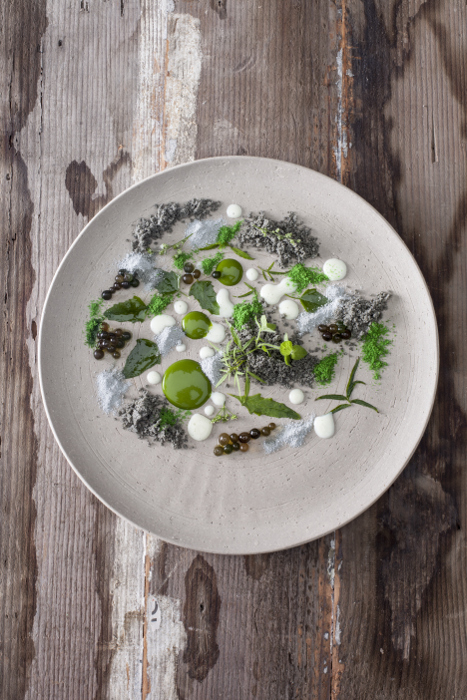
On your menu, you show the altitude of origin of your dishes, some as high as 14,000 feet. What are the benefits of using food that’s farmed at high altitude?
We felt the need to state altitudes when talking about ingredients, to show how diverse our country is. Also, in this territory, you could be at 200m above seal level and be in a coastal valley, or at 200m above sea level and be in a surreal Amazonian forest. As a result, much of the food is reflected in the ecosystems as well.
When you go higher, up in the mountains of the Andes, you find ingredients that won’t grow anywhere else because they belong there. Only at these altitudes do some of the potatoes, ocas and mashuas develop. They say in the Andes, the higher you climb, the deeper you have to dig for precious things.
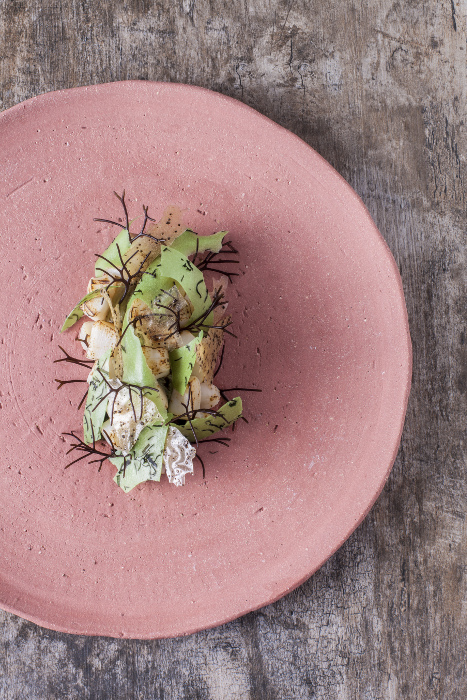
What is your relationship with your suppliers? How do you go about finding new ones?
Our team at Mater Iniciativa plan trips according to seeding and harvest seasons. Also, they look for sources of ingredients to collect (ones that are somewhere specific with no human intervention as algae, cushuros, wild plant species, etc).
We believe in the idea that every ingredient becomes richer when a community nearby the origin tells you about it. So we have been working on making these communities our suppliers. Even with the difficulties it may represent, such as access routes, logistics, and preservation of products, we still think it’s totally worth it.
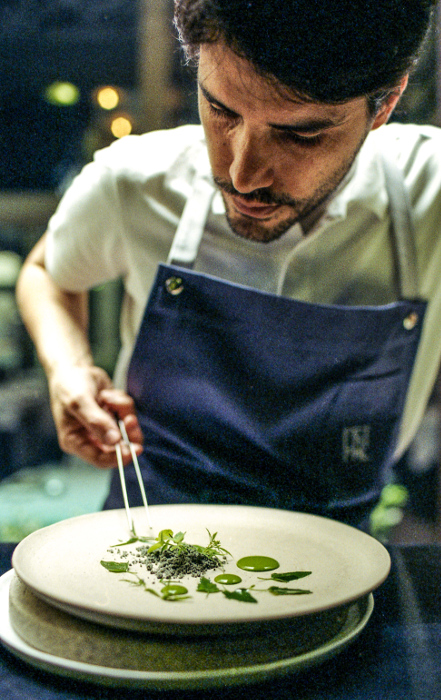
What are your main culinary influences besides Peruvian food?
There is traditional Peruvian food, of course, and also Peruvian ingredients. Both types have received influences from various immigrants: Spanish, Italian, Chinese, Japanese, African, Arab, among others.
Peru’s natural resources have been diversified thanks to our geography, and those cultures, as well as our own cultural heritage. When I travelled, I learnt more about other civilisations’ food, but always kept connected to where I belong.
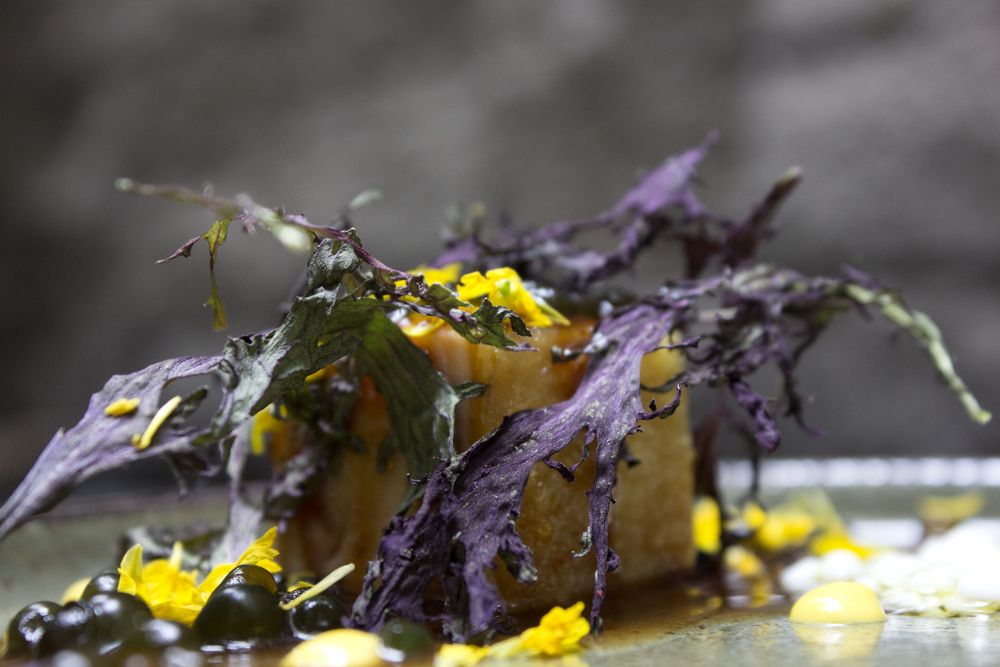
What makes Latin American cooking stand out and how do you tailor it for a British audience?
I think all Latin American food has an identity of its own; every country has something special to offer. Peruvian chefs talk a lot about our ingredients and I guess London is a great example of how it is possible to achieve Peruvian flavours outside the borders of this country.
Using our main ingredients, and some other local fresh products, Peruvian food can be made beautifully.
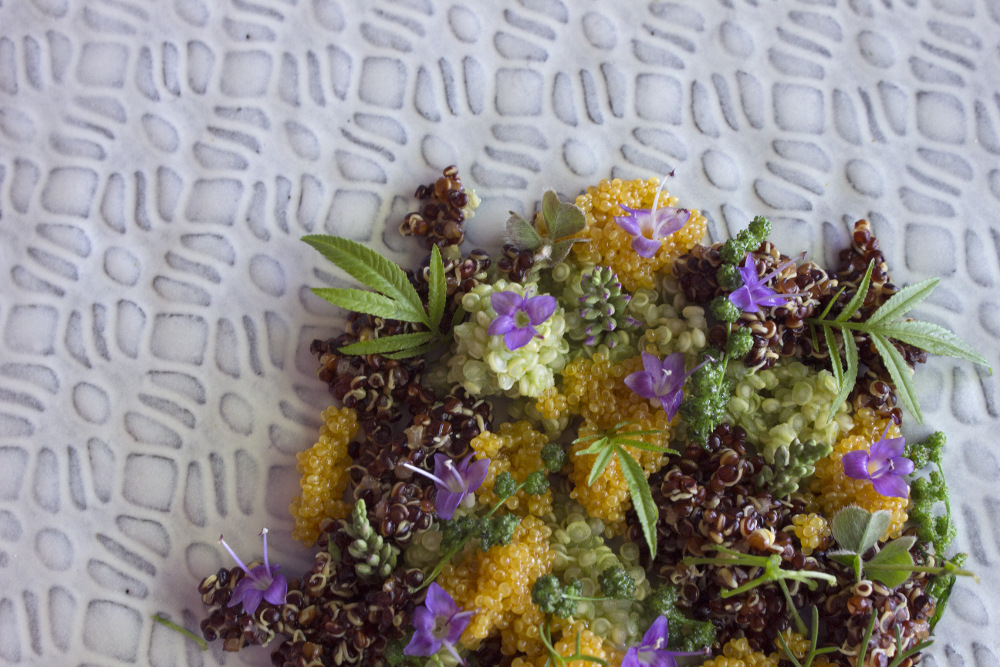
Why did you set up Mater Iniciativa?
Mater was created to register Peruvian ingredients in their origin, and to showcase our diversity, which responds to all things I mentioned before. There is a human intervention that has been fundamental and so Mater tries to gather stories, and offer inspiration and information.
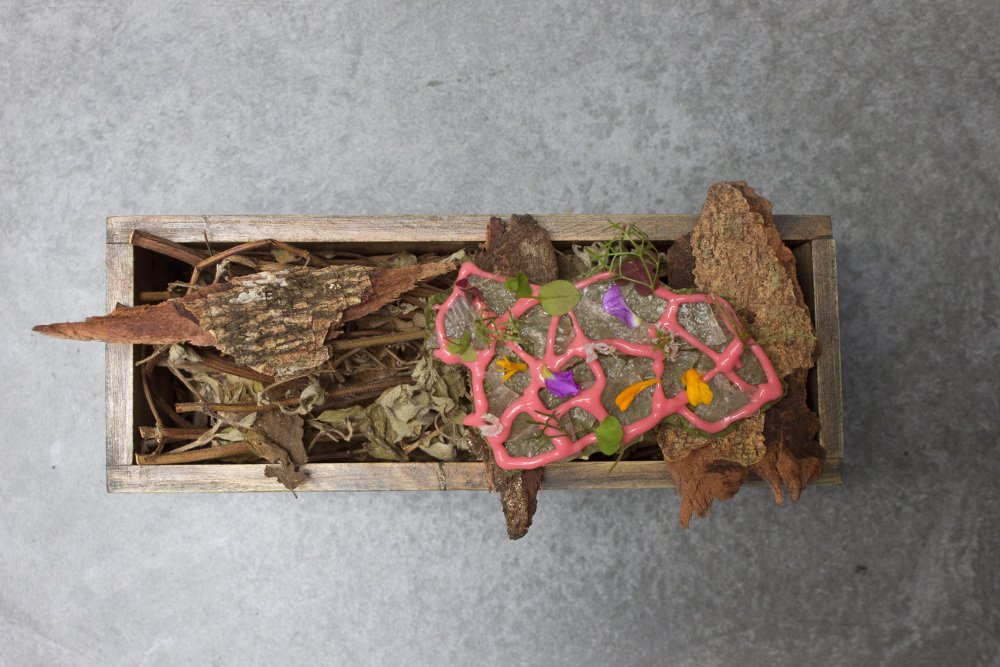
Peru has an abundance of fascinating ingredients. Can you tell me a little about cushuros, tuntas and some of your other favourite indigenous Peruvian ingredients?
Cushuros are cyanobacteria that collects in altitude lakes and ponds, and have been consumed for a long time in communities of our Sierra. These blue and green pearl-like spheres have been part of dishes that incorporate ingredients form highest altitudes, like potatoes, wild aromatics, roots like mullaca, etc.
Tuntas, on the other hand, are one great example of a preservation method taken from an old Andean tradition. Freeze-dried by intercalating cold river water immersion with sunlight exposure, these potatoes may be kept for years to be used rehydrated in soups or other hot preparations.
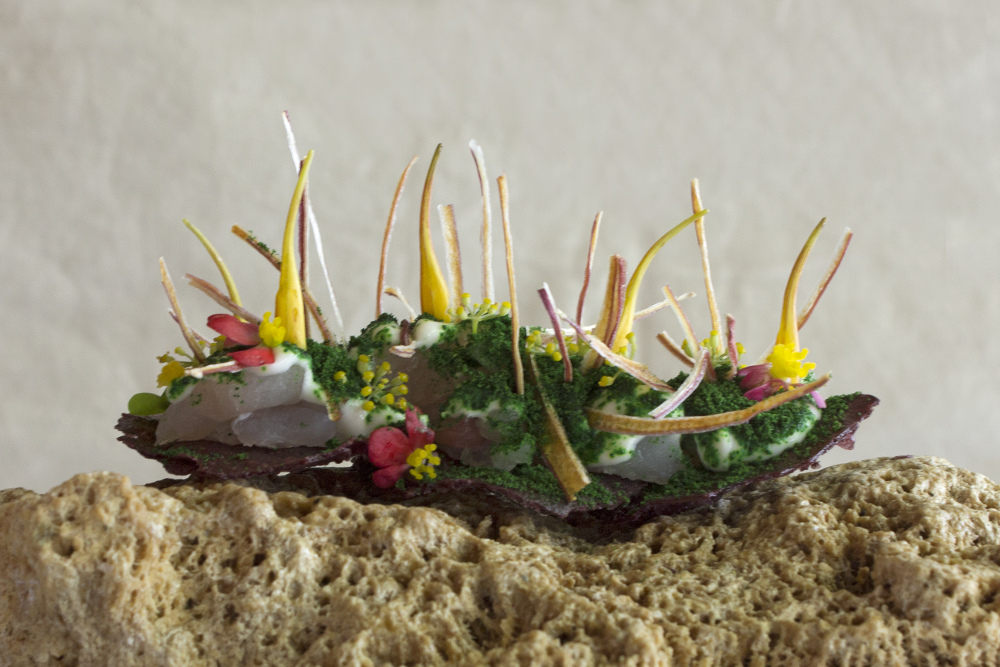
In early August 2016, you will be hosting a banquet at Wilderness festival in Oxfordshire, which brings together food and music in a very unique way. What part does music play in your life both inside and outside of the kitchen?
I think it is great how artists get inspired and create in every possible way. I am guessing music, as cooking, integrates elements to create a finished result. I am very much looking forward to be part of this event.
What will your next venture look like?
We have been working extensively in Mater to build a structured team that continues to search and inform. And we want to list more producers as suppliers, not only for one restaurant, but to help expand their markets.
We have a cookbook about Central coming up that will show our work and details of some trips this year. And we have more projects in parallel, but it may be too soon to report on those…
Virgilio Martínez Véliz will be preparing the Long Table Banquet at this year’s Wilderness Festival
Interview Cécile Fischer

